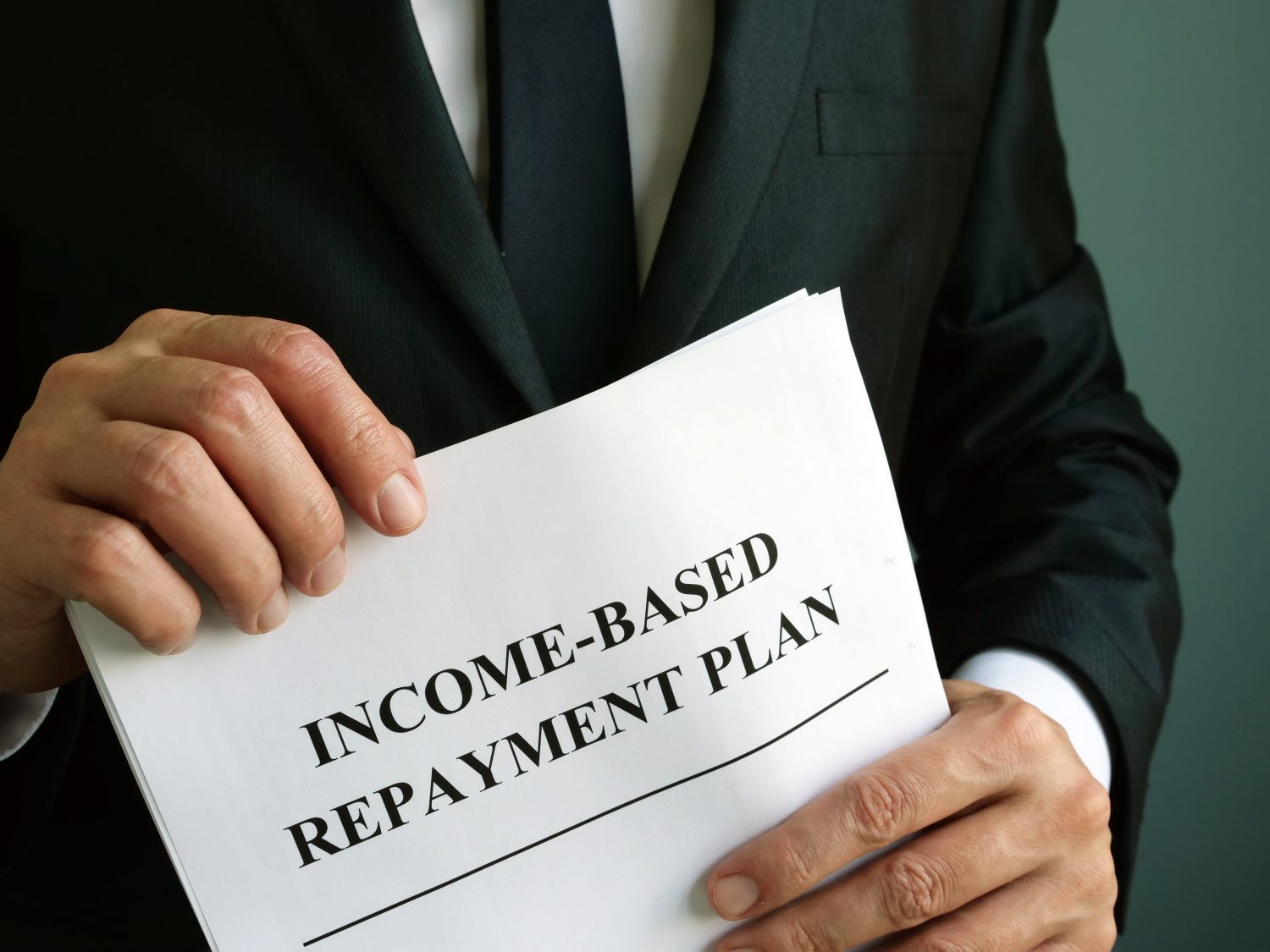United States college graduates carry about $1.5 trillion in debt altogether, which is spread out over about 44 million borrowers around the country. As of 2019, the average amount of debt a college student had when they graduated was over $37,000.
Even with solid repayment plans and attempts at budgeting, too many recent graduates are unable to pay more than the minimum payments per month. For many, this covers the accrued interest, but none of the principal.
These statistics are shocking, but lenders and some academic institutions are making an effort to work with students to help them repay their loans, so they can focus on getting a good education and then a good job. Now, there are a variety of repayment plans you can take advantage of, so you can repay your loans and feel financially secure.
To know how long it takes to pay off student loans, you need to learn more about types of repayment.
How Long Does It Take to Pay Off Federal Student Loans?
For many students, subsidized and unsubsidized federal loans are the primary source of their school payments. That means that the repayment plans listed below involve the federal government for the most part. However, there are options for adjusting repayment with private loans too.
- Standard repayment: With both subsidized and unsubsidized federal loans, the standard repayment plan is about 10 years. This includes loans like the PLUS loan, direct loans, and many consolidated loans.
Some consolidated loans have a standard repayment period of up to 30 years. However, when most people refer to standard repayment plans, they are referring to a 10-year period.
To create a monthly payment schedule in a standard repayment period, the federal government looks at how much money you have borrowed and calculates a monthly repayment schedule that would cover both the accrued interest and some of the principal. If you find that you can pay more than the necessary monthly amount, you can pay off your loans in less than 10 years without any penalty from the federal government.
Some exceptions for the standard repayment plan include deferment periods for military service, additional schooling like graduate school, time spent in the Peace Corps, or other forms of service or volunteer work that qualify. Some of your loan may be forgiven through this work, so when payments begin again, you are responsible for less of the principal. - Graduated repayment: At first, this form of repayment seems a lot like the standard repayment plan. The federal government looks at how much you owe on your student loans, considers monthly accrued interest, and spreads that out over 10 years. However, a graduated plan starts with lower monthly payments and then increases over time.
This, along with any grace period offered by federal student loans, helps you manage entry-level jobs for the first few years of your career. It assumes that you will work your way up in your chosen career and start making more money.
While there is no difference in the amount of time you are given to pay off your student loans, the first few years of repayment are much gentler, which can be useful for those who have a specific career path. - Extended repayment: Since the cost of school has skyrocketed, the federal government realizes that the standard repayment plan no longer works for the average college graduate —for example, students who have federal direct loans of more than $30,000 qualify for this plan.
An extended repayment plan gives a college graduate 25 years, rather than 10 years, to repay their student loans. Within extended repayment, graduates can choose either a fixed payment plan like the original standard payment or a graduated option. - Loan forgiveness: These programs have existed to help students manage federal student loans for a long time. The government uses this program to encourage more college graduates to find a way to give back to their country through volunteer work like AmeriCorps or the Peace Corps, or through occupations like teaching, specifically in low-income or disadvantaged neighborhoods.
Through these programs, you can have some or, in rare cases, all of your student loans forgiven over a period of time. While you work and set up the forgiveness plan, your loan payments may be deferred.
Each program has specific requirements and amounts that are forgiven over time, so ask a financial counselor or an advisor through the lender about loan forgiveness options. - Income-based repayment: Since many students struggle to find good-paying jobs in the first few years out of school, and many enter career fields like nonprofit work (which will always have lower income levels compared to other areas), the federal government offers income-based repayment, which forgives some of the loan or the interest. There are a few types of income-based repayment, including:
- Pay As You Earn (PAYE). These payments are equal to about 10% of your discretionary income, which is reassessed annually, so the payments can be adjusted to suit your needs. If you still have an outstanding balance on your loans after 20 years, this will be forgiven.
- Revised Pay As You Earn (REPAYE). Similar to the previous version, which assesses your income and forgives any outstanding balance after 20 years, this revised version also assesses marital assets and debt. If you went to graduate school and took out student loans, you must wait 25 years for the debt to be forgiven, as 20 years only applies to those with undergraduate degrees.
- Income-based repayment. Like the Pay As You Earn plan, this repayment plan takes 10% to 15% of your discretionary income in monthly installments, and it is forgiven after 20 to 25 years, depending on when you took out the loan.

- Income-contingent repayment. Monthly payments are set at 20% of your discretionary income, and the outstanding balance is forgiven after 25 years. This gives you the chance to pay off your loan faster, if possible, but more time to do so.
- Income-sensitive repayment. The income-sensitive repayment plan has a 15-year repayment period, but this is only available for people who have federal loans granted through private lenders. It is not available for those who got their loan directly through the Department of Education.
- Pay As You Earn (PAYE). These payments are equal to about 10% of your discretionary income, which is reassessed annually, so the payments can be adjusted to suit your needs. If you still have an outstanding balance on your loans after 20 years, this will be forgiven.
How Long Does It Take to Pay Off Private Loans?
All the options listed above involve loans granted either directly or indirectly through the federal government. Each private loan has different terms in the contract. You may have some room to negotiate payment plans, interest rates, or other parts, but overall, the lender controls the terms, and you, as the borrower, have to follow them.
There are few alternatives to the granted repayment schedule unless you refinance your private loans, combining them with other loans like graduate, federal, or even mortgage loans. You may also have some forms of debt relief if you file for certain types of bankruptcy.
Since private lenders work for institutions focused on making money, many contracts have clauses that penalize you for repaying the loan faster than the agreed-to terms. If the lender cannot make money on your interest payments, then they will financially penalize you.
While federal loans allow you to repay the loan faster if possible, you must stick within the confines of your contract if you have a private loan.



